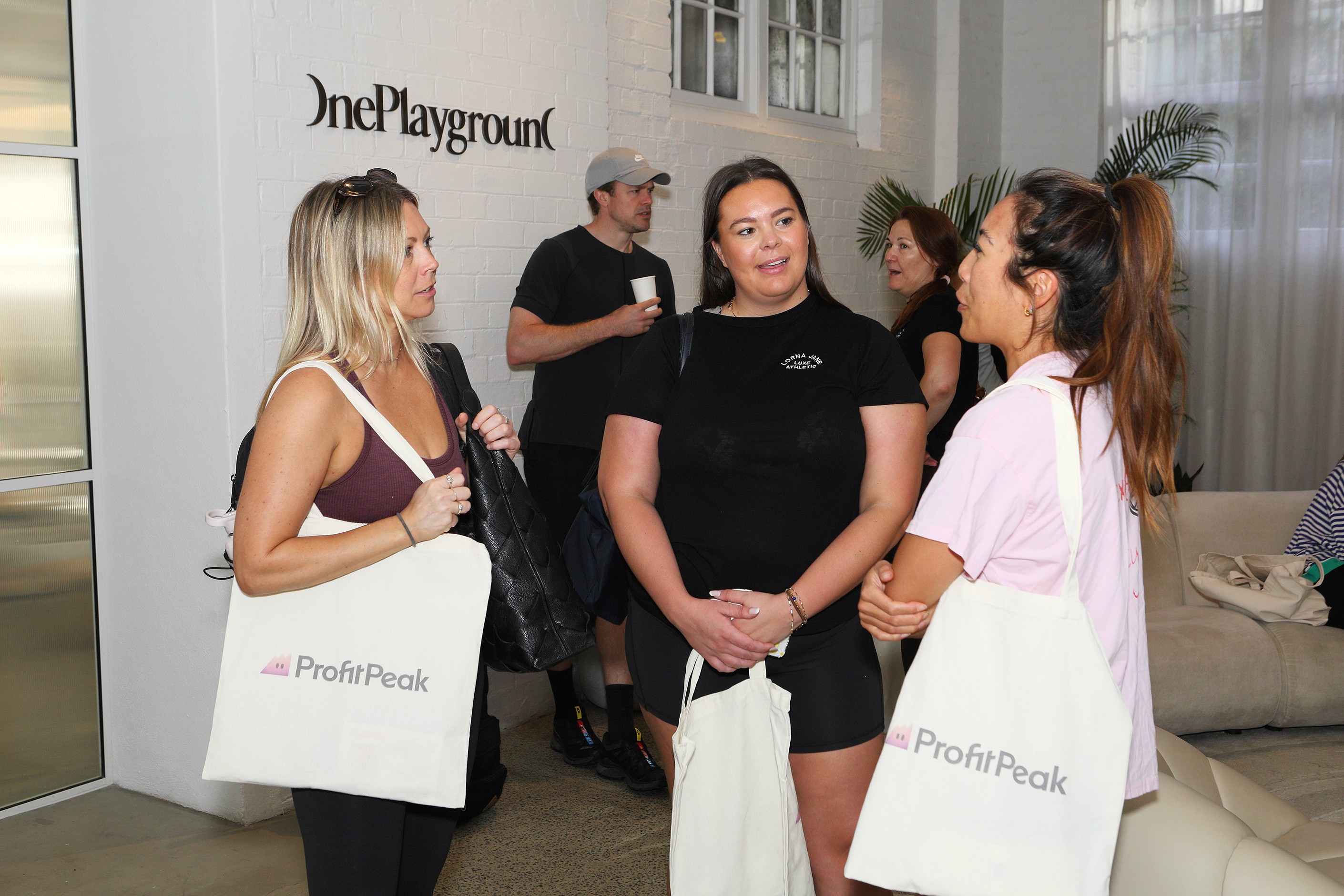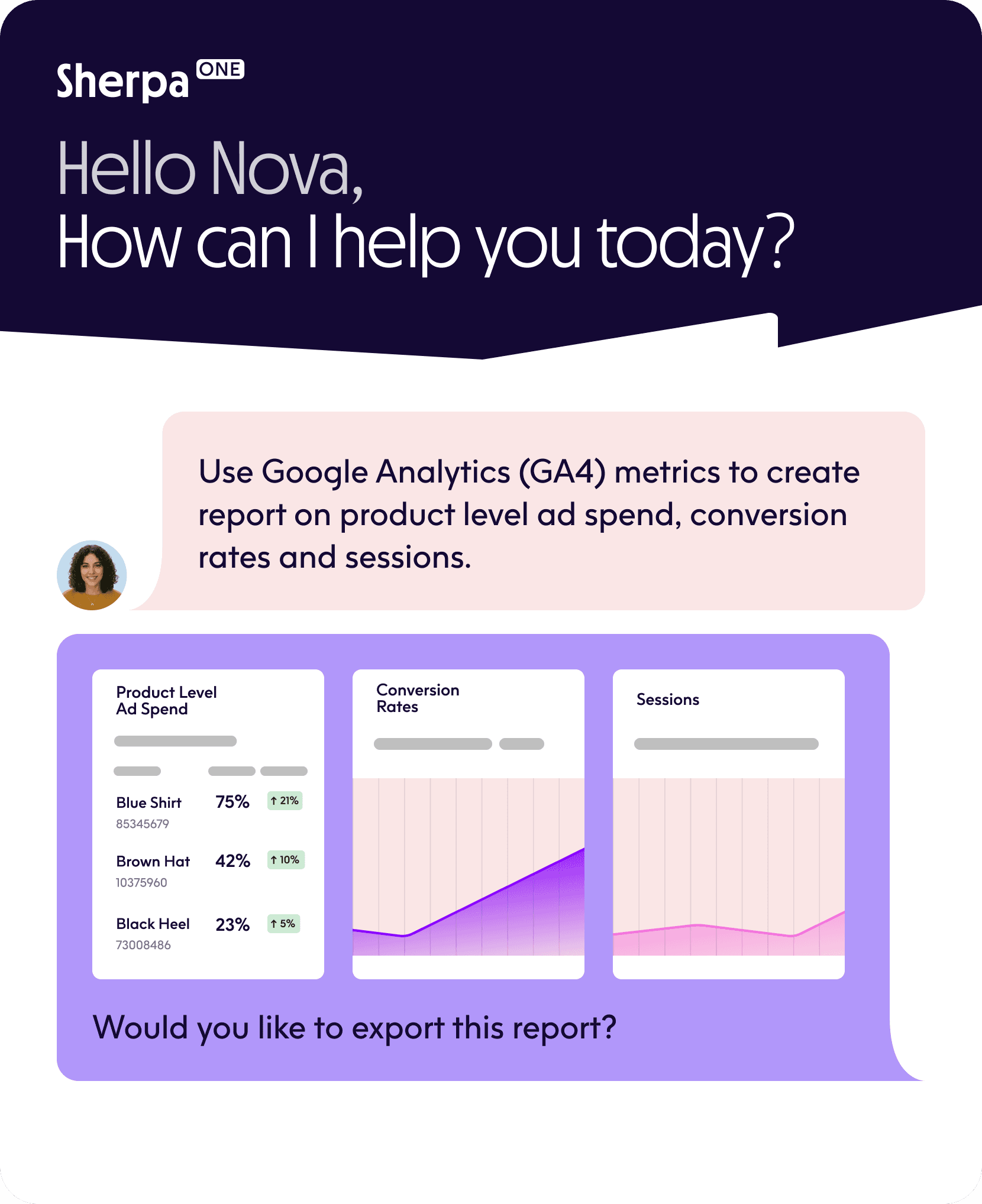Co-founder Insights

Carla Penn-Kahn
Aug 17, 2025
The landscape for Australian brands selling into the US market is shifting, and the easy ride is over.
With changes to import thresholds, rising costs, and currency fluctuations, what once seemed like a straightforward expansion strategy now requires a more nuanced, data-driven approach.
To stay ahead of the curve, here are three immediate actions you should be taking today.
1st, establish a 3PL (Third-Party Logistics) in the US.
The days of simple direct-to-consumer (DTC) shipping from Australia are becoming less viable, both from a cost and customer experience standpoint. With the de minimis value for tariffs a thing of the past, you’ll be subject to import duties on the full retail price of your products.
By moving your inventory to a US-based 3PL, you can pay tariffs on the much lower wholesale cost, a significant financial advantage that goes straight to your bottom line. Beyond the tariff savings, a local 3PL also allows you to offer faster, more reliable shipping, which is a key driver of repeat business and customer satisfaction in a market dominated by giants like Amazon.
This strategic move is no longer a luxury; it's an essential step to maintain profitability and competitiveness.
2nd, start testing a price increase.
The rising cost of goods is a reality for everyone, from your supply chain to your customers. While it may seem counterintuitive to raise prices in an uncertain economic climate, you need to explore what happens when you lift consumer prices by 20-30%.
Your US customers are already facing inflation, which means they are likely adjusting to higher prices across the board. By proactively testing a price lift, you can better understand your brand’s pricing power and its ability to absorb cost increases without losing sales volume.
A strong brand with a unique value proposition can often command a higher price point, and now is the time to see if your brand equity is strong enough to justify it. Don't be afraid to experiment with your pricing strategy to find the sweet spot that protects your margins while still attracting customers.
3rd and lastly, negotiate with your supply chain.
Now is the time to apply pressure on your suppliers for support on the cost of goods sold (COGS), including both production and freight forwarding. In a world of rising costs, a strong partnership with your supply chain can help you secure better terms and efficiencies, which is critical for maintaining healthy profit margins.
Every cent you save on the supply side is a cent that doesn't need to be passed on to the consumer, making your brand more competitive and resilient. This isn’t just about demanding lower prices; it’s about having open conversations about shared goals and finding mutually beneficial solutions to navigate the current economic climate.
Also read: Beyond The Hype: Reclaiming Profitability In The DTC World
The Currency Conundrum and the Path Forward
Looking ahead, we can expect COGS to rise for US brands as well, which will fuel further inflation and lead to less consumer spending. For Australian brands, this presents a mixed bag.
The good news?
If you're converting US sales profits back into AUD, a weakened Aussie dollar will work in your favour, increasing your profits upon exchange.
The bad news?
For brands that import products from overseas to Australia, a weaker AUD will make those goods more expensive.
My view is that only the most sophisticated DTC and e-commerce brands—those with real-time visibility into unit economics and profitability combined with strong brand equity—will be able to navigate these challenges.
For Australian brands looking to succeed in the US, now is the time to get your house in order. Focusing on your fundamentals—your logistics, pricing, and supply chain relationships—is the only way to build a brand that can weather the coming storm.
Carla Penn-Kahn
CEO & Co-Founder
Carla spent over a decade building and successfully exiting several e-commerce brands, following an earlier career in corporate advisory and investment at Credit Suisse.






